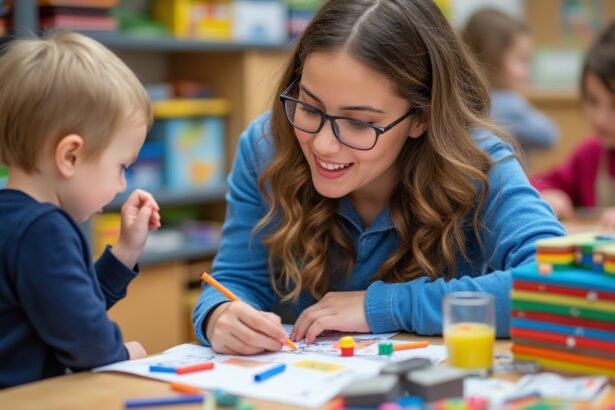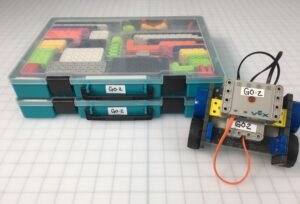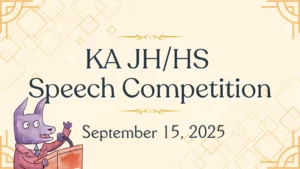Student-centered learning is more than just an instructional approach—it’s a philosophy that reshapes the role of students and educators alike. By shifting the focus from what the teacher delivers to what the student experiences, student-centered learning fosters environments that spark curiosity and encourage exploration, rather than merely filling students with information. As William Butler Yeats said, “Education is not the filling of a pail, but the lighting of a fire” (Yeats). Student-centered learning is not about pouring information into students but inspiring them to learn actively and critically.
Empowering Through Involvement: The Active Role of Students
One of the core principles of student-centered learning is involving students directly in their educational journey. Benjamin Franklin famously said, “Tell me and I forget. Teach me and I remember. Involve me and I learn” (Franklin). Involving children in learning activities, whether at school or at home, helps them truly absorb and apply what they learn, making the learning process both meaningful and lasting. This perfectly illustrates the transformative power of student-centered learning, which moves beyond rote memorization and empowers students through active involvement in their learning process. Instead of passively receiving information, students are engaged in activities that promote discovery and deeper understanding.
Facilitators of Discovery: The New Role of Educators
The educator’s role in student-centered learning is that of a facilitator rather than a traditional instructor role. In a student-centered classroom, teachers create environments where students can explore, make connections, and construct their own knowledge—environments where the conditions for curiosity and creativity thrive.
Cultivating Critical Minds: Beyond Memorization
Student-centered learning also aims to develop critical thinking, including problem-solving skills that help children navigate everyday challenges. Margaret Mead’s words remind us that “Children must be taught how to think, not what to think” (Mead). In practice, this means equipping students with the skills they need to analyze, evaluate, and solve problems, rather than merely providing them with the right answers. Such a shift not only nurtures independent thinkers but also prepares students for challenges beyond the classroom.
Empowerment in Practice: Real-World Benefits of Student-Centered Learning
The benefits of student-centered learning aren’t just theoretical. Research has highlighted its impact on creating empowerment, collaboration, and equity among learners and teachers, ultimately improving learning outcomes. In a typical school environment, this means that students feel more in control of their learning, work more effectively with peers, and experience a more inclusive atmosphere that supports their individual needs (‘Benefits and Outcomes of Student-Centered Learning Strategies in a Healthcare Education Setting’). When students take ownership of their learning and teachers transition into the role of facilitators, an educational environment is formed where both parties contribute and grow together.
Nurturing Curiosity: The Educator’s Role in a Student-Centered World
As C.S. Lewis wisely stated, “The task of the modern educator is not to cut down jungles, but to irrigate deserts” (Lewis). In other words, the role of educators in a student-centered learning environment is to nurture children’s natural curiosity, allowing their interests to flourish. In other words, the role of educators in an student-centered learning environment is not to prune curiosity but to nourish it, allowing students’ natural interests to flourish.
Works Cited:
Yeats, William Butler. ‘Education is not the filling of a pail, but the lighting of a fire.’ ECPI University, http://www.ecpi.edu/blog/50-great-quotes-illustrate-the-power-of-education. Accessed 20 Nov. 2024.
Franklin, Benjamin. ‘Tell me and I forget. Teach me and I remember. Involve me and I learn.’ TeachThought, http://www.teachthought.com/learning/52-best-quotes-about-learning/. Accessed 20 Nov. 2024.
Mead, Margaret. ‘Children must be taught how to think, not what to think.’ ECPI University, http://www.ecpi.edu/blog/50-great-quotes-illustrate-the-power-of-education. Accessed 20 Nov. 2024.
‘Benefits and Outcomes of Student-Centered Learning Strategies in a Healthcare Education Setting.’ MedText Publications, http://www.medtextpublications.com/open-access/benefits-and-outcomes-of-student-centred-learning-strategies-in-a-healthcare-699.pdf. Accessed 20 Nov. 2024.
Lewis, C.S. ‘The task of the modern educator is not to cut down jungles, but to irrigate deserts.’ ECPI University, http://www.ecpi.edu/blog/50-great-quotes-illustrate-the-power-of-education. Accessed 20 Nov. 2024.








